
The Future of Bitcoin in 2024 and Beyond - Complete Analysis

Bitcoin, the world's oldest cryptocurrency, has captured the attention of investors, enthusiasts, and regulators since its inception in 2009.
It has been hailed as a groundbreaking technology that introduced the concept of decentralized currencies and paved the way for a new type of economy - the cryptocurrency market.
Over the years, Bitcoin's price has experienced extreme volatility, leading to various predictions and speculations about its future.
In this article, we will delve into the future of Bitcoin, exploring industry expert opinions, regulatory implications, technological advancements, and market trends.
Bitcoin Overview
Bitcoin's journey from obscurity to becoming the most valuable cryptocurrency by market capitalization has been extraordinary.
In 2009, Bitcoin was worth less than a cent, but today, it is trading at approximately $33,917 per coin. This meteoric rise reflects the growing confidence and resilience of Bitcoin as it weathered storms and attempts to change its underlying structure.
Significant events, such as hard forks and the halving event, mark Bitcoin's price history. Hard forks, proposed changes to Bitcoin's underlying rules, represent critical historical junctures.
Despite debates and attempts to change Bitcoin, it has continued in its current format, with forks now accounting for less than 1% of its total market capitalization.
The halving event, roughly every four years, reduces the rate at which new Bitcoins are created. Historically, the halving has catalyzed significant price appreciation, driving Bitcoin to new all-time highs.
Institutional adoption and regulatory developments have also played a crucial role in shaping Bitcoin's future trajectory.
Current Bitcoin Developments
In recent years, Bitcoin has gained increased acceptance and recognition from major institutions and regulators worldwide. BlackRock, the world's largest asset manager, has filed to start an exchange-traded fund (ETF) specifically for Bitcoin, with multiple other institutions following suit.
While there is yet to be an approved BTC ETF by the US Securities and Exchange Commission (SEC), these applications are a significant step forward in legitimizing cryptocurrencies in the eyes of traditional financial institutions.
Another significant development is the return of Bitcoin payments by Tesla. CEO Elon Musk has stated that once Bitcoin hits 50% renewable energy sources, Tesla will resume accepting Bitcoin payments. This move could spark positive price action and drive further interest and adoption of Bitcoin.
Furthermore, a halt in rising interest rates and a return to lower interest rates could be a significant bullish catalyst for Bitcoin.
Cryptocurrencies like Bitcoin offer an attractive alternative investment in a low-interest-rate environment due to their perceived hedge against traditional financial systems and increasing scarcity as the halving event approaches.
Bitcoin Future Predictions - Industry Expert Opinion
The future of Bitcoin is a topic of much speculation and debate. Industry experts have offered various predictions and opinions about Bitcoin's potential trajectory.
One of the most prominent figures in the cryptocurrency space, Cathie Wood, CEO of Ark Invest, has predicted that Bitcoin could reach an astonishing $1.48 million by 2030.
This prediction highlights the exponential growth and potential of Bitcoin, but it is important to note that it depends on factors such as adoption levels and external market conditions.
Other industry experts emphasize the potential for Bitcoin to become an alternative asset in traditional finance. The growing acceptance of Bitcoin by significant institutions, such as the oldest bank in America, BNY Mellon, rolling out its Digital Asset Custody Platform, further bolsters its credibility as a long-term investment.
Regulatory Implications on Bitcoin
Regulatory developments and government actions can significantly influence the future of Bitcoin. While some governments have embraced cryptocurrencies and blockchain technology, others have taken a more hostile approach.
The United States, in particular, has shown increasing hostility towards cryptocurrencies, potentially impacting Bitcoin's price and adoption.
The US Commodity Futures Trading Commission (CFTC) has filed a civil enforcement action against Binance, one of the largest cryptocurrency exchanges, and its CEO, CZ.
If the charges against Binance and its CEO escalate or further regulatory crackdowns occur, it could decrease crypto prices and market sentiment.
Environmental concerns surrounding Bitcoin's energy consumption have also attracted regulatory attention. The White House has proposed a tax of up to 30% on Bitcoin miners in the US, citing environmental and political impacts.
Continued scrutiny and potential regulations related to Bitcoin's environmental footprint could affect its price and overall sustainability.
Repercussions of Bitcoin Halving
The Bitcoin halving event occurs approximately every four years and significantly affects Bitcoin's price and mining activity. The halving reduces the rate at which new Bitcoins are created, decreasing the supply of new coins. Historically, the halving has been followed by periods of significant price appreciation as the market adjusts to the decreased block reward.
The upcoming halving, scheduled for April 2024, could increase Bitcoin's price as the market anticipates the reduced block reward. Investors and traders closely watch the halving event, as it has been a recurring pattern throughout Bitcoin's history.
Will Bitcoin Go Back Up?
Bitcoin's price volatility has led to periods of both euphoria and despair among investors. While Bitcoin has experienced significant market corrections and bearish trends, it has always managed to rebound and reach new all-time highs.
The cyclical nature of Bitcoin's market cycles suggests that the cryptocurrency could go back up after a period of decline. The return of institutional interest, regulatory developments, technological advancements, and macroeconomic trends can all contribute to a potential Bitcoin price recovery.
However, it is essential to note that investing in Bitcoin or any other cryptocurrency carries risks. The market is highly speculative, and prices can fluctuate rapidly. Investors should carefully consider their risk tolerance and investment goals before diving into the world of Bitcoin.
Also Read - Is Bitcoin Dead?
The Future Outlook of Bitcoin
The future outlook of Bitcoin is filled with both promise and uncertainty. The disruptive nature of Bitcoin and its potential to reshape traditional financial systems make it an intriguing investment option. However, some factors could pose challenges to its future growth.
Security concerns arise as Bitcoin's block reward decreases over time, potentially threatening the network's security. The network's security could be compromised if demand and fee revenue are insufficient to incentivize miners to upgrade their hardware and mine new Bitcoins.
Furthermore, Bitcoin's future is closely tied to the broader adoption of blockchain technology and the development of scalable solutions. Innovations like the Lightning Network could enhance Bitcoin's utility as a payment method and drive further adoption.
The role of artificial intelligence (AI) in the crypto space also warrants attention. AI-powered trading bots and algorithms have the potential to impact Bitcoin's price and market dynamics. As AI technology evolves, its influence on the cryptocurrency market will likely grow, introducing new opportunities and challenges.
Frequently Asked Questions
Q1. What will Bitcoin be worth in 2025?
Predicting the exact price of Bitcoin in the future is challenging due to its inherent volatility. However, based on industry expert opinions and historical trends, it is plausible that Bitcoin could reach somewhere near $150,000 to $200,000 by 2025, assuming steady growth.
It is important to note that these predictions are speculative, and actual future values may vary.
Q2. Is Bitcoin a good long-term investment?
Many investors view Bitcoin as an excellent long-term investment due to its potential for high returns and growing acceptance as a form of payment. However, Bitcoin and other cryptocurrencies are highly volatile and speculative investments.
Investors should consider their risk tolerance and financial circumstances before investing in Bitcoin. Diversification, thorough research, and consulting with a financial advisor are recommended strategies.
Q3. How to buy Bitcoin?
Buying Bitcoin can be done through reputable cryptocurrency exchanges. The process typically involves setting up an account, verifying identity, funding the account, and then making a purchase. Choosing a reliable exchange and taking necessary security precautions when buying and storing Bitcoin is crucial.
Q4. How much is one Bitcoin?
As of December 26, 2023, one Bitcoin is currently valued at approximately $42,514. However, the price of Bitcoin is subject to rapid fluctuations due to its volatile nature. Interested individuals should check the current price on a reliable cryptocurrency exchange before making any transactions.
Wrapping Up
The future of Bitcoin is a topic of immense interest and speculation. While industry experts offer various predictions and opinions, the market dynamics and external factors will ultimately shape Bitcoin's trajectory.
Regulatory developments, technological advancements, macroeconomic trends, and investor sentiment will all play a role in determining Bitcoin's future price and adoption levels.
Investing in Bitcoin is not a straightforward decision and should be cautiously approached. It is crucial to conduct thorough research, evaluate risk tolerance, and consider the advice of financial professionals before making any investment decisions.
Disclaimer
The information provided on this website does not constitute investment advice, financial advice, trading advice, or any other advice, and you should not treat any of the website's content as such.
Token Metrics does not recommend that any cryptocurrency should be bought, sold, or held by you. Conduct your due diligence and consult your financial advisor before making investment decisions.

.svg)

Create Your Free Token Metrics Account

.png)




%201.svg)
%201.svg)


%201.svg)



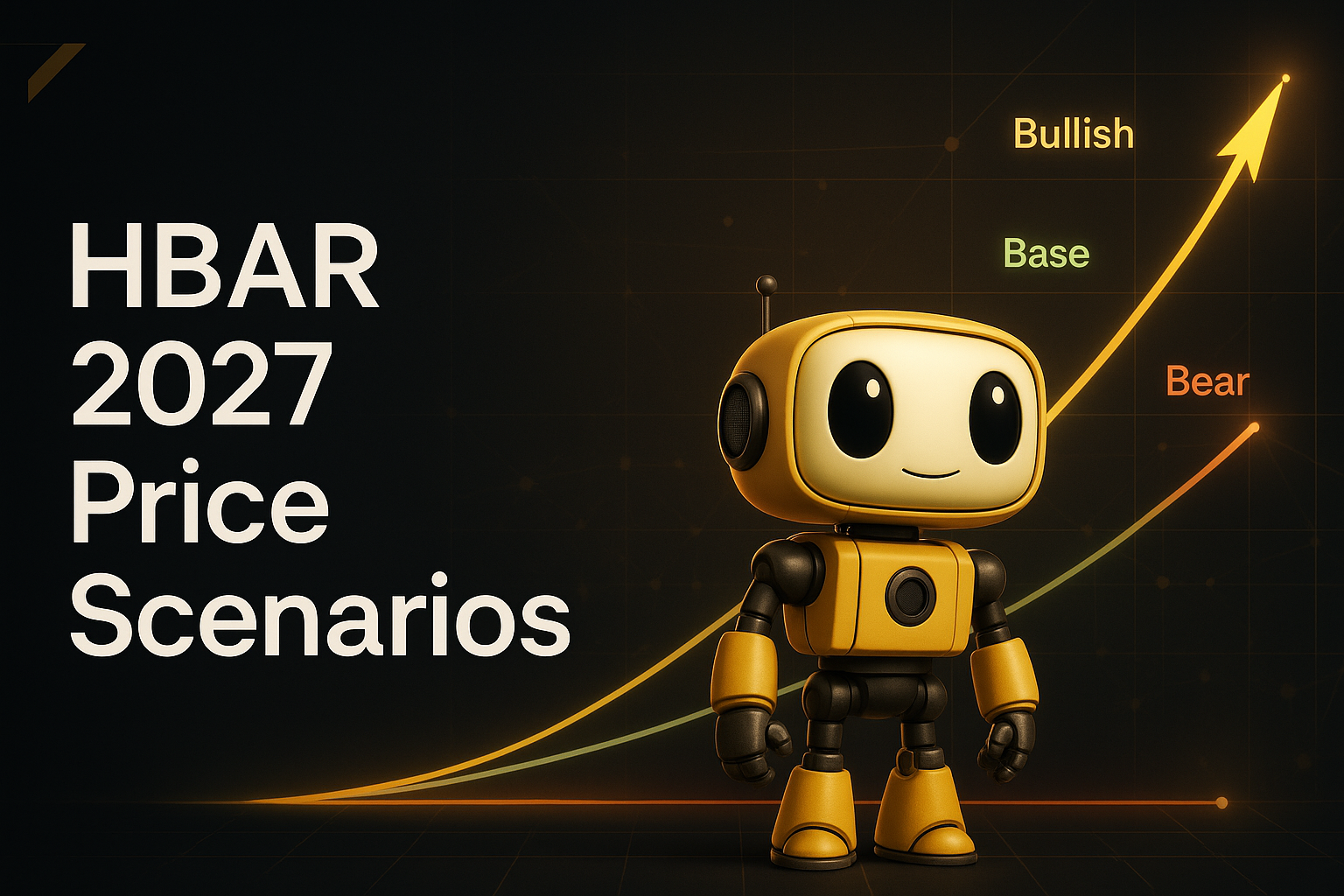
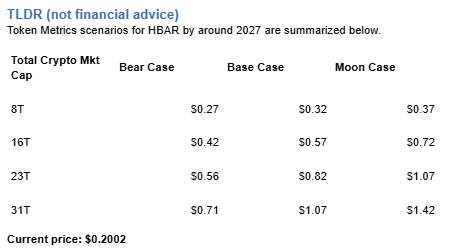

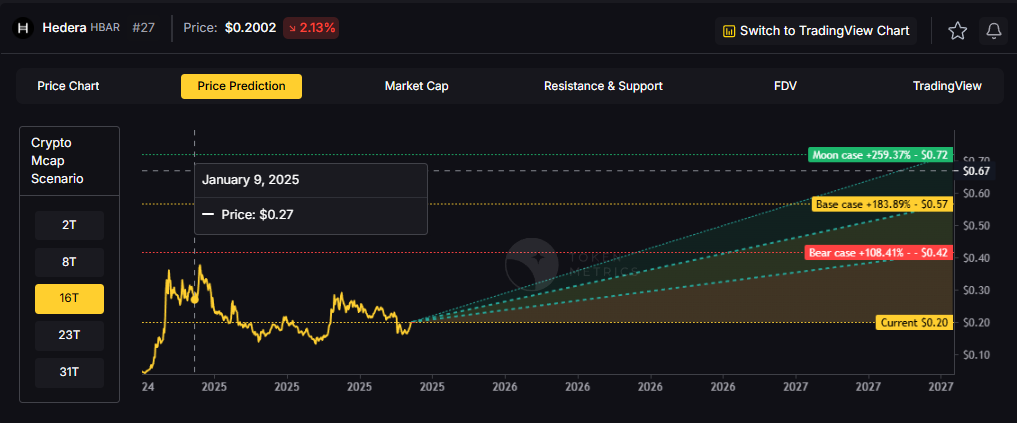


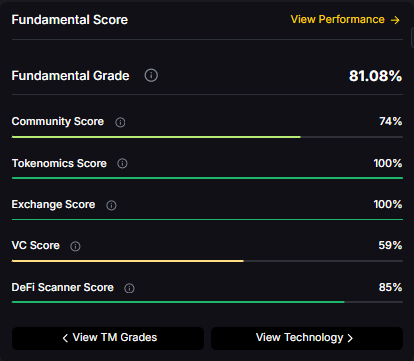
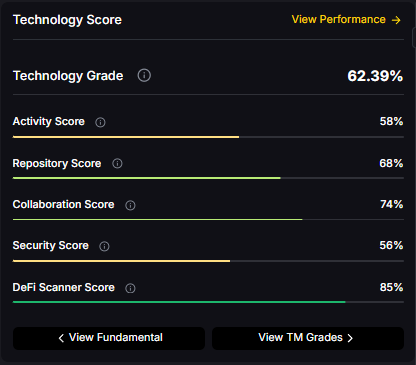

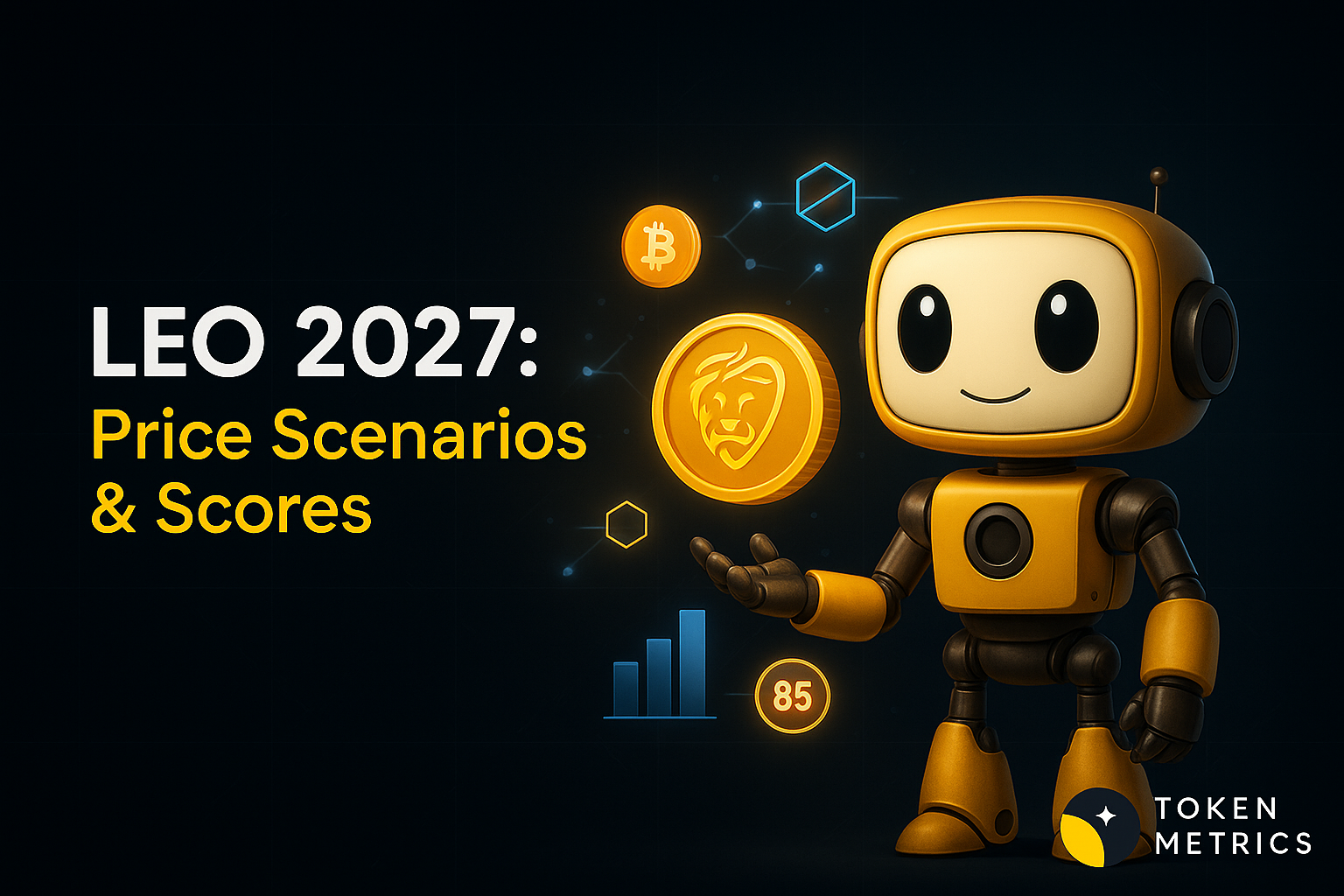
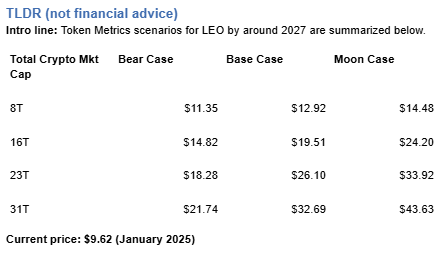
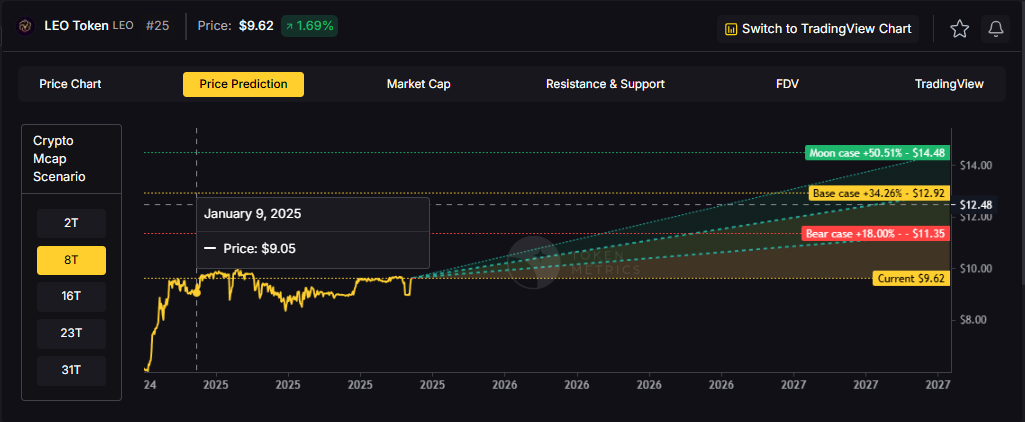
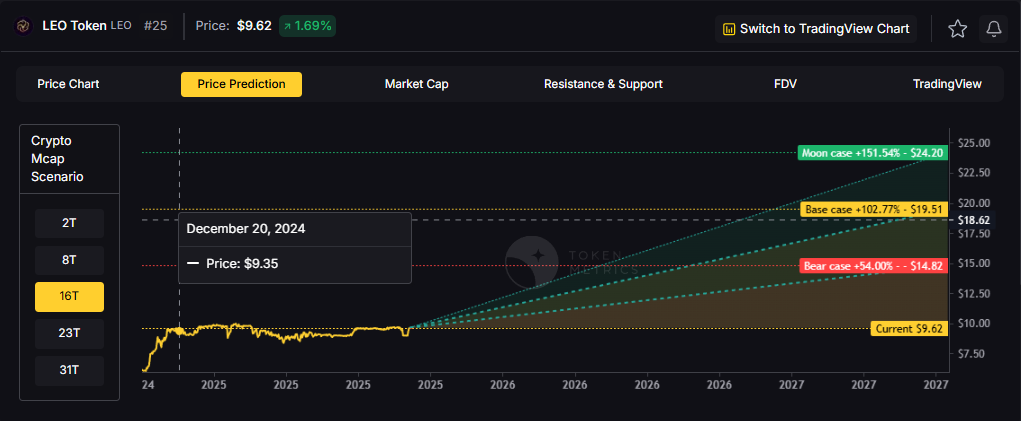
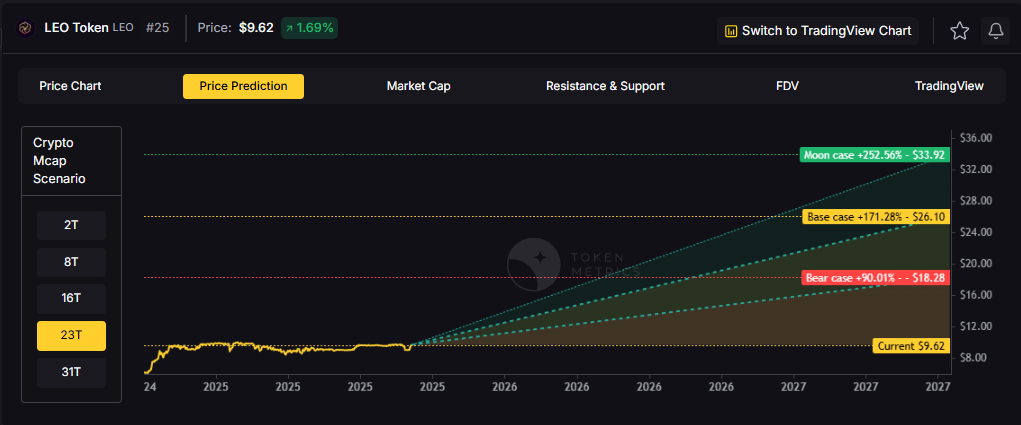
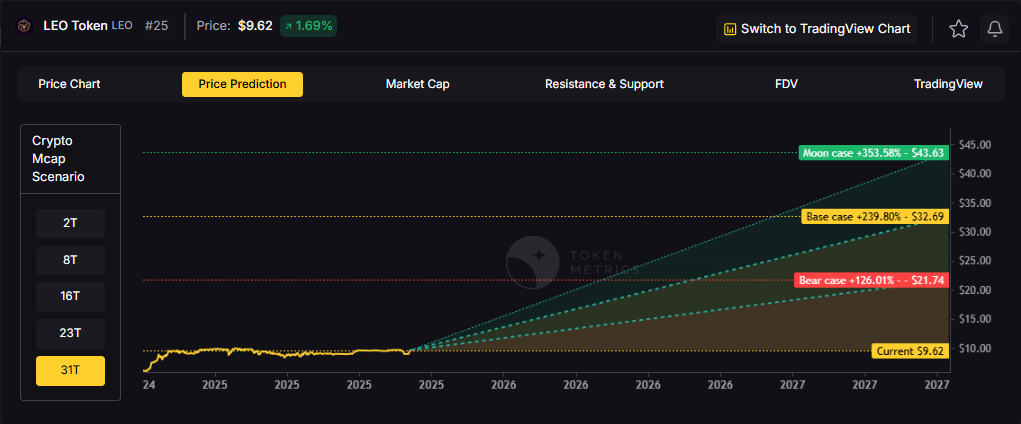
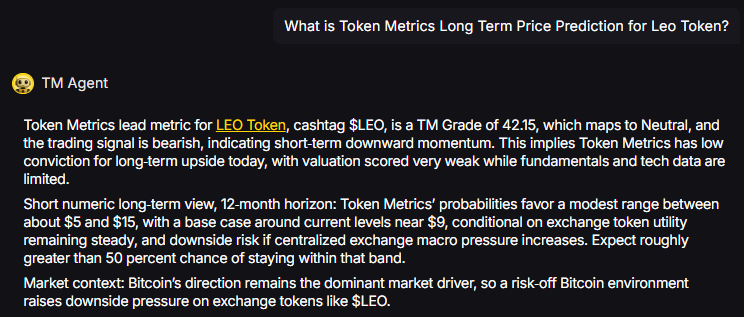
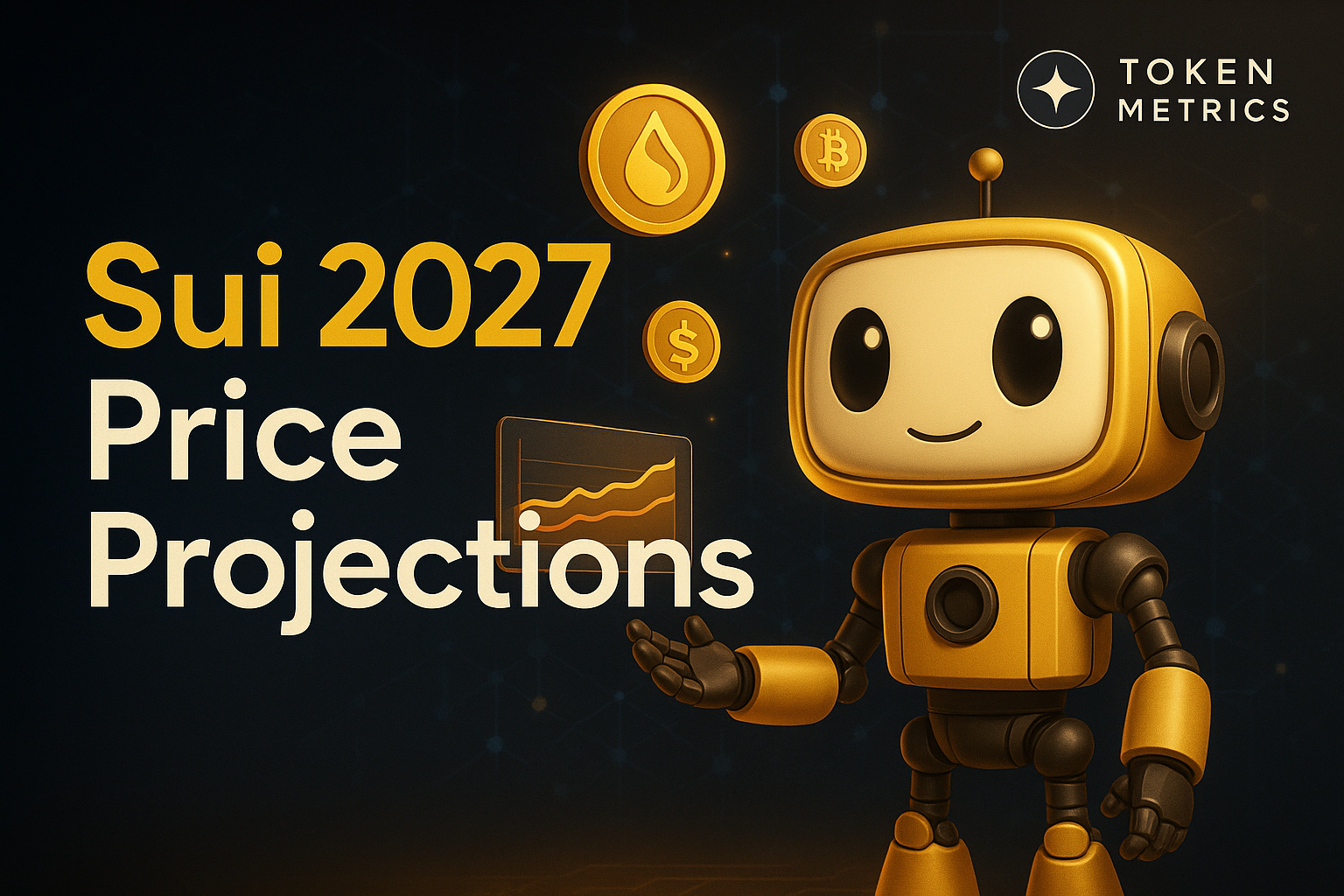
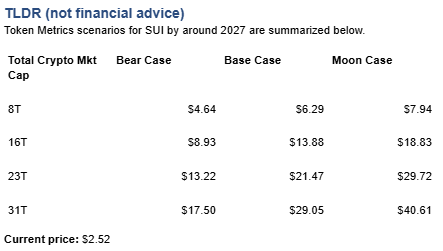
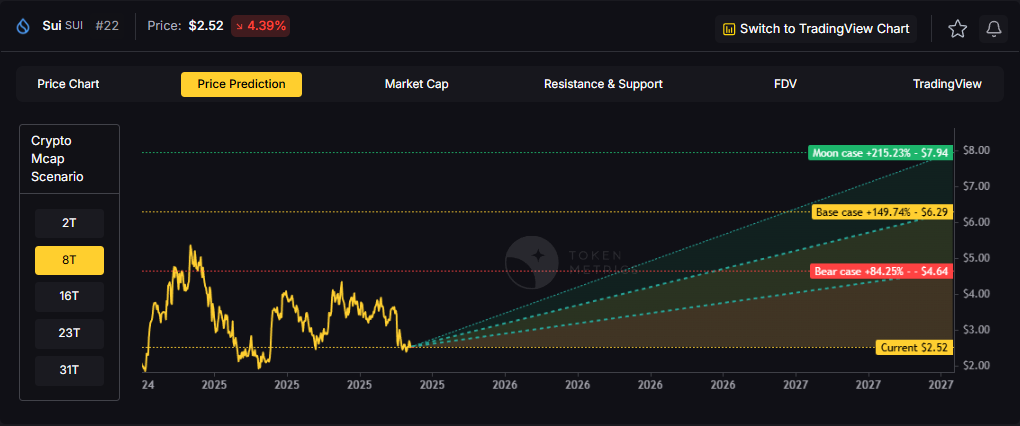
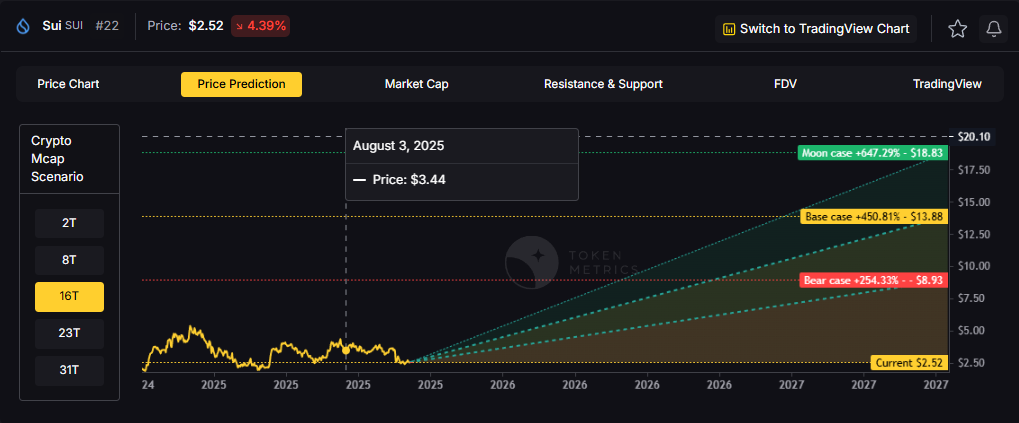

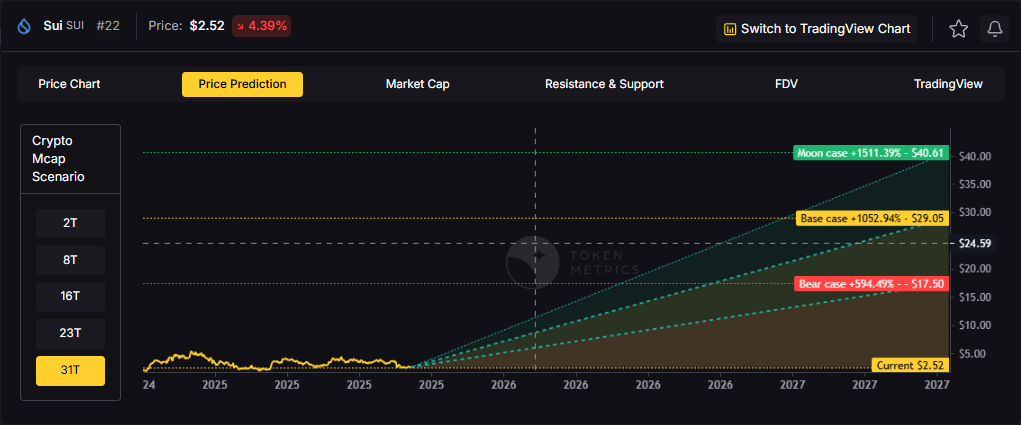
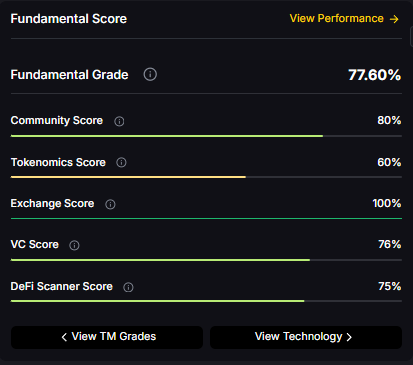
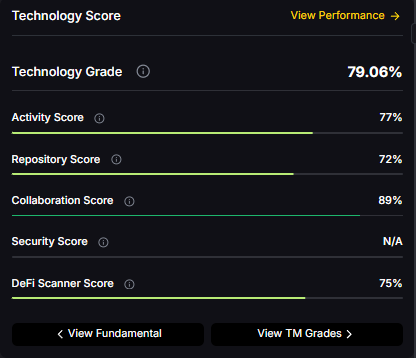




.svg)




.png)